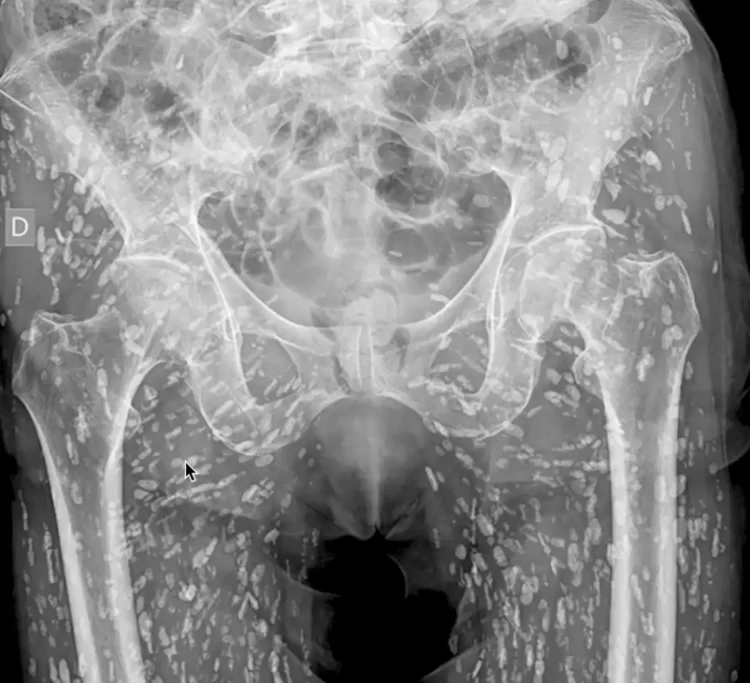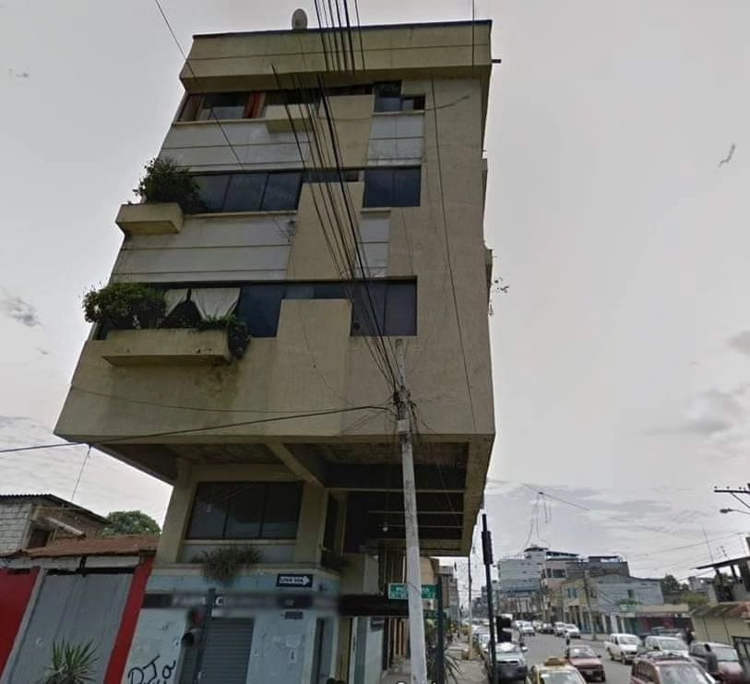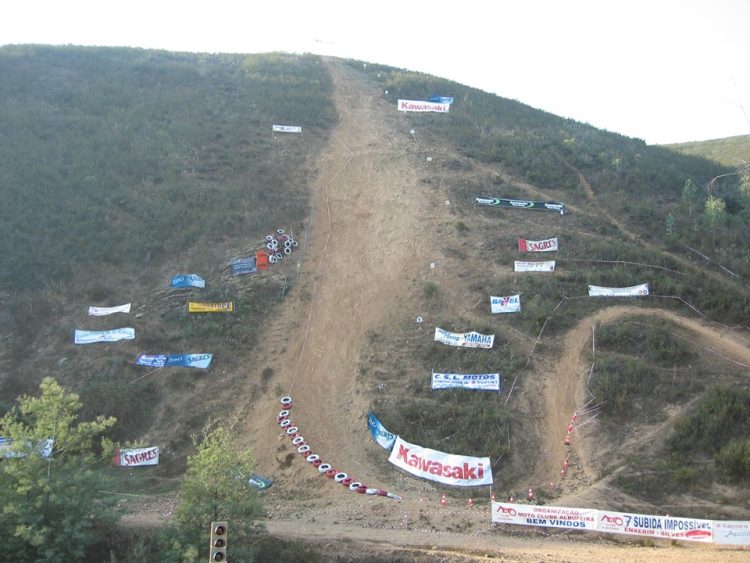It’s fascinating how bizarre the rituals of the dead can get. The latest we’ve discovered is from Pomuch, Campeche, a small Mayan town in Mexico. In Campeche, the day of the dead, which is not unlike Spring Cleaning, is honored each year. On this particular day, families visit the cemetery to participate in the ritual cleaning of the bones of their loved ones. The squeaky-clean remains are then placed on display along with flowers and a new cloth for veneration.
The custom applies to anybody who dies in Campeche, ranging from young to old. Every corpse is buried for three years and then, on the Day of the Dead, the bones are dug up, cleaned and transferred to a wooden crate. The waiting period of 3 years is important because the bones need that time to dry out. The wooden crate is placed on permanent display in the cemetery. From then on, people go to the cemetery to pay their respects and clean the remains every year. Nov 1st is the day dedicated to dead children, known as the Dia de los Niños (Day of the Innocents), and Nov 2nd is for everyone else. The custom of cleaning the remains of dead relatives is said to date all the way back to Mayan practices – when the skulls of ancestors were retained and worshipped. The significance behind the ritual is to help people deal with the pain of losing a loved one. It is also believed to keep families together. The most important belief, however, is that a relative whose remains are poorly taken care of can become angry and wander through the streets.

Photo via Atlas Obscura
The rest of Mexico also celebrates Dia de los Muertos, the Day of the Dead, every year on 2nd Nov, a celebration that is well known throughout the world. The day is spent in cemeteries telling stories about dead relatives and friends, and sugar-and-bread skulls are eaten. But the celebrations in Pomuch seem to be taking the love for the deceased to a whole new level. Interestingly, the cemetery remains locked for a large part of the year, and is open only from mid-October to early in November. In this short time, the residents of Pomuch visit graves – some as new as 2005, and others as old as 1930.

Photo: AP
Those who rest at the cemetery with no one to care for them aren’t forgotten either. The workers at the cemetery make sure that they clean at least 90% of the bones. There exists a small percentage of bones that are never cleaned, belonging to those whose families choose not to disturb the remains. Tus Chi, who has worked at the cemetery for 15 years, says he has learned over time which bones to take care of and which to leave alone. He also says that travelers from all over the world come to visit the small-town cemetery. This year, he says, “there were some Chinese here. They spoke great Spanish. I’ve seen Germans, French, Africans, last year some guys from Spain came to shoot a movie here.” So you know where to be next year around Halloween!






